Tag/methionine water clarifier
-
 Herbal Medicine Water Soluble Powder For Healthy stomach and Increasing Immunity
Herbal Medicine Water Soluble Powder For Healthy stomach and Increasing Immunity -
 Herbal Medicine Astragalus Crude Extract Water Soluble Powder
Herbal Medicine Astragalus Crude Extract Water Soluble Powder -
 Herbal Medicine Honeysuckle extract Water Soluble Powder
Herbal Medicine Honeysuckle extract Water Soluble Powder -
 Herbal Medicine Honeysuckle crude extract Water Soluble Powder
Herbal Medicine Honeysuckle crude extract Water Soluble Powder -
 Gentamicin sulfate Water Soluble Powder
Gentamicin sulfate Water Soluble Powder -
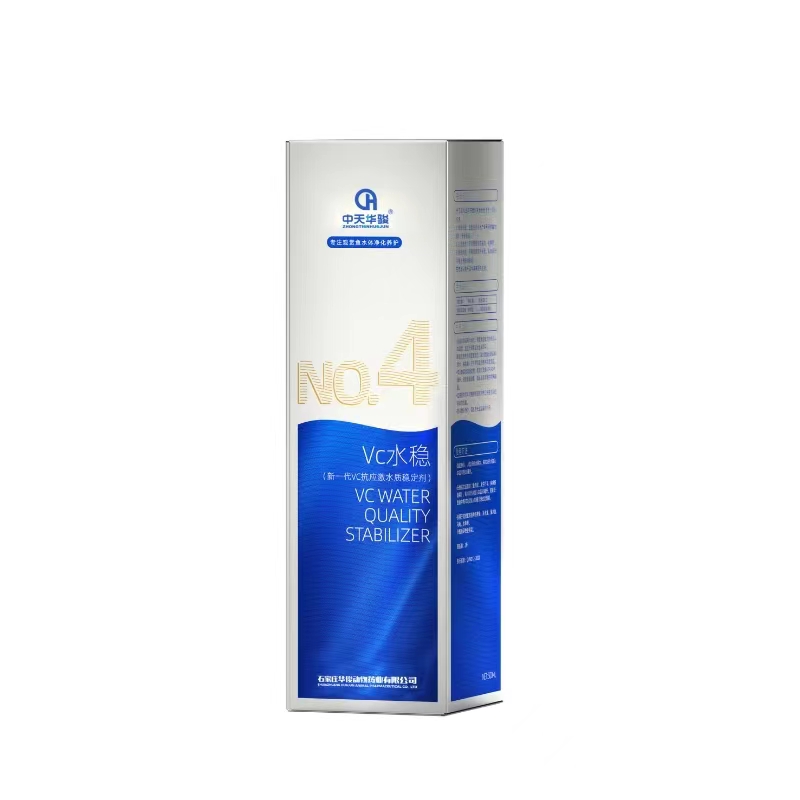 Vc Water Quality Stabilizer
Vc Water Quality Stabilizer -
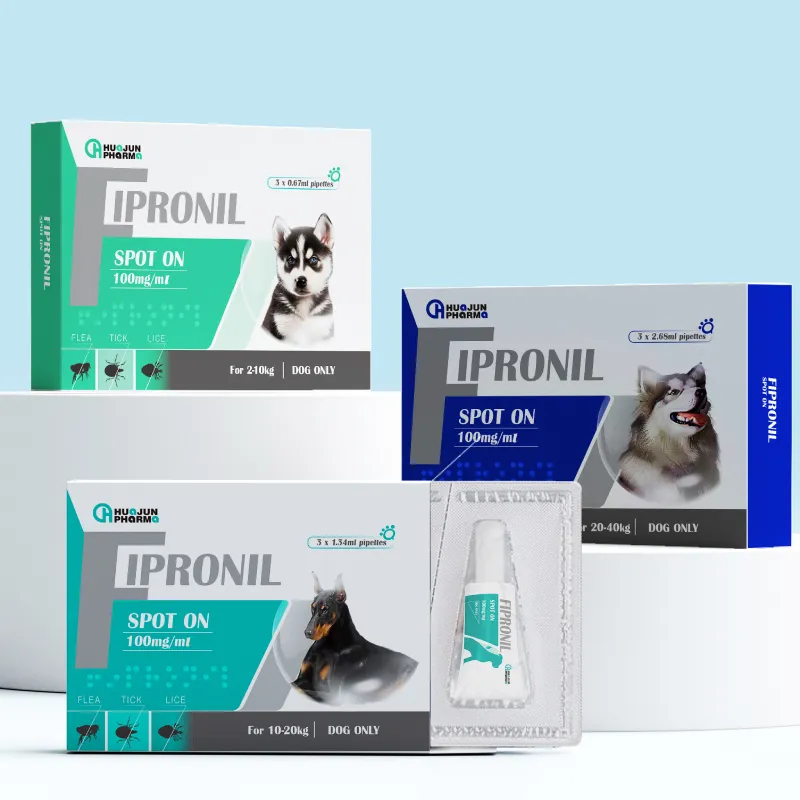 Gmp Certified Factory Fipronil Spot On For Flea And Tick Prevention&treatment For Dog And Cat
Gmp Certified Factory Fipronil Spot On For Flea And Tick Prevention&treatment For Dog And Cat -
 Highly Effective New Antiviral Drug
Highly Effective New Antiviral Drug -
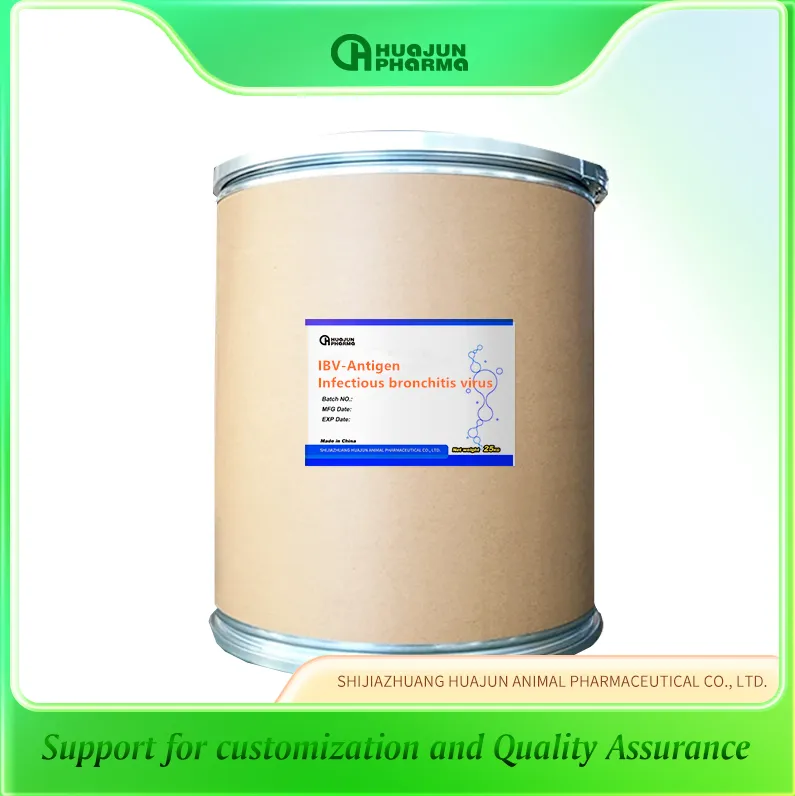 ILTV (Infectious Laryngotracheitis Virus)-Antigen
ILTV (Infectious Laryngotracheitis Virus)-Antigen -
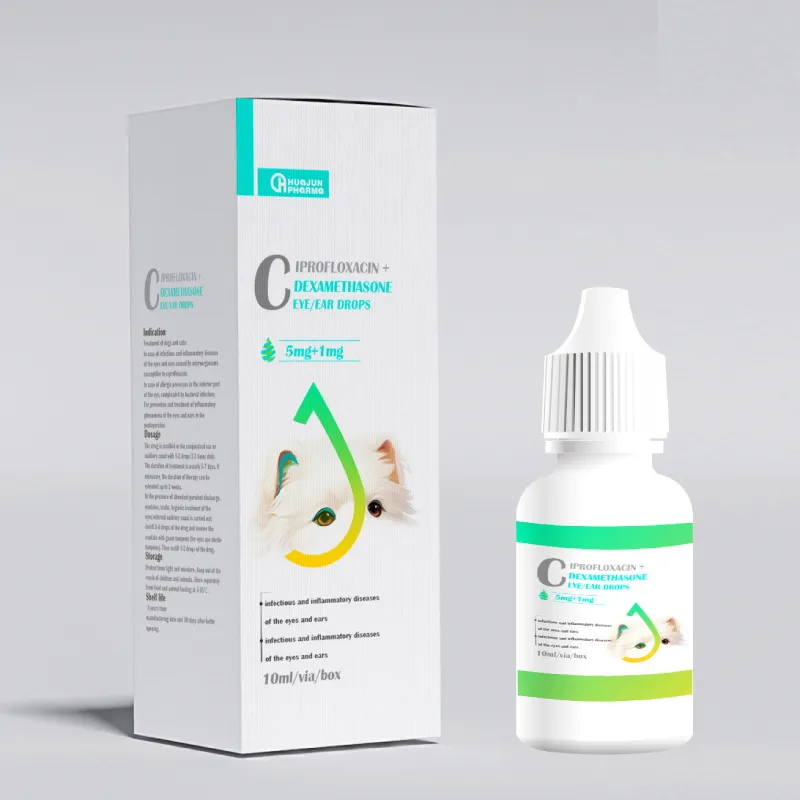 Ciprofloxacin + Dexamethasone Drops In Infections And Inflammatory Diseases Of The Eyes And Ears Of The Dogs,cats
Ciprofloxacin + Dexamethasone Drops In Infections And Inflammatory Diseases Of The Eyes And Ears Of The Dogs,cats
Produtct Title
methionine water clarifier-
IBV-Antigen
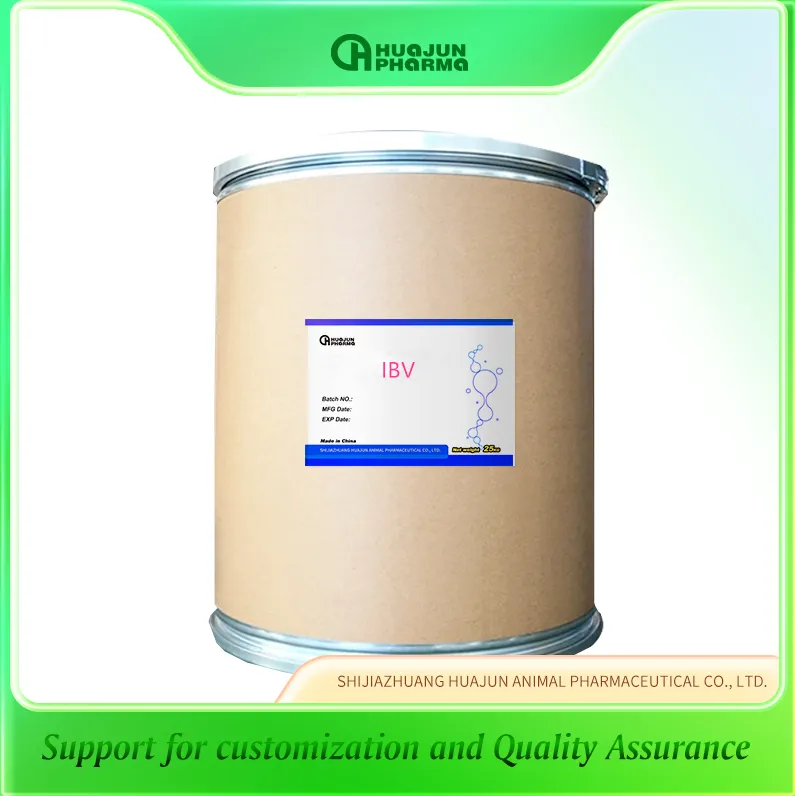
-
Florfenicol Powder

-
Doxycycline Hydrochloride Injection 10%
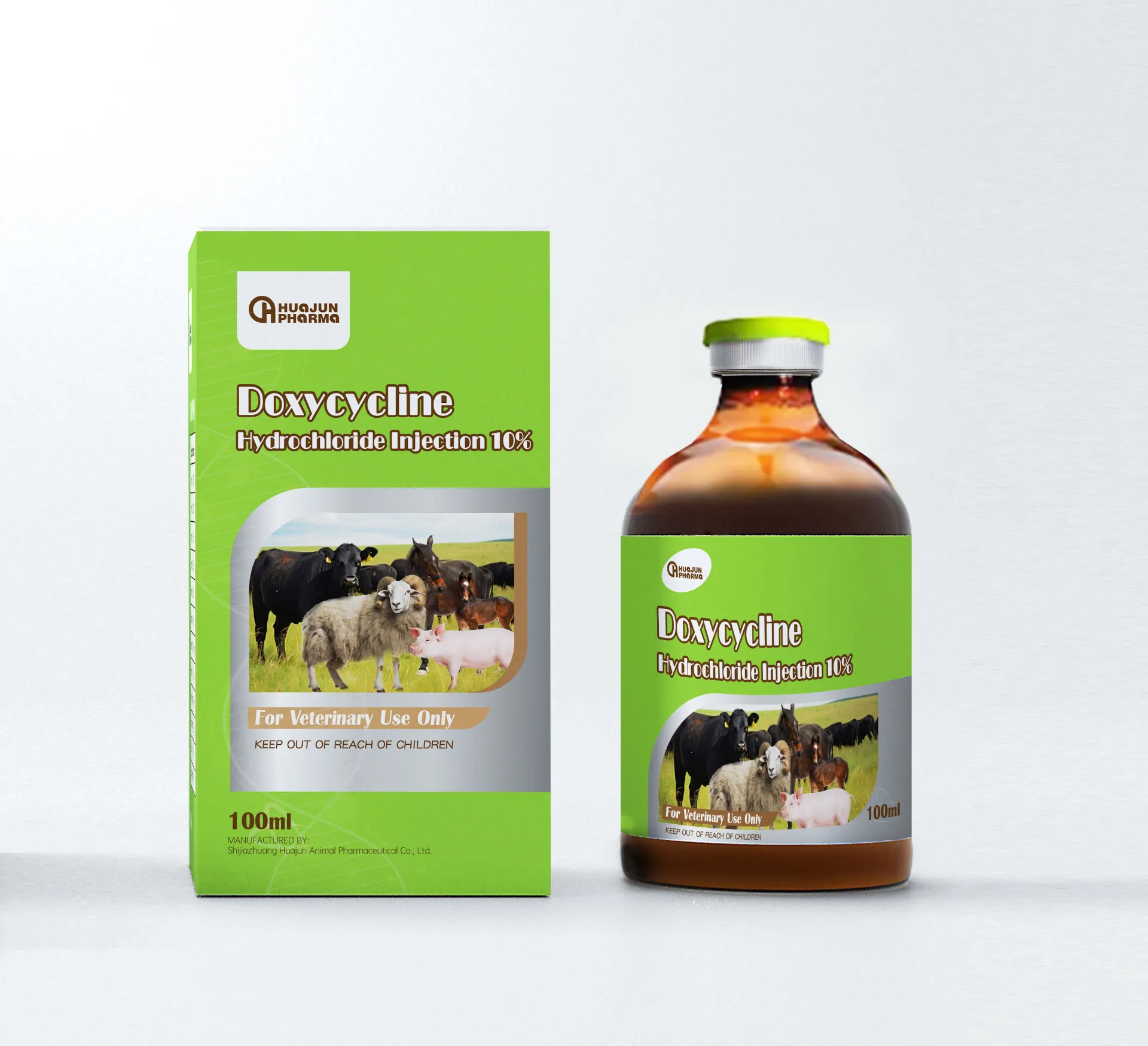
-
Afoxolaner Chewable Tablet For Dogs Killing Ticks /Fleas /Lice

-
Veterinarian Recommended Nutrition Paste for Dogs

-
0.25% Hyaluronan Eye Drops For Dry Eyes/ Lubricating Eye Drops For Pets
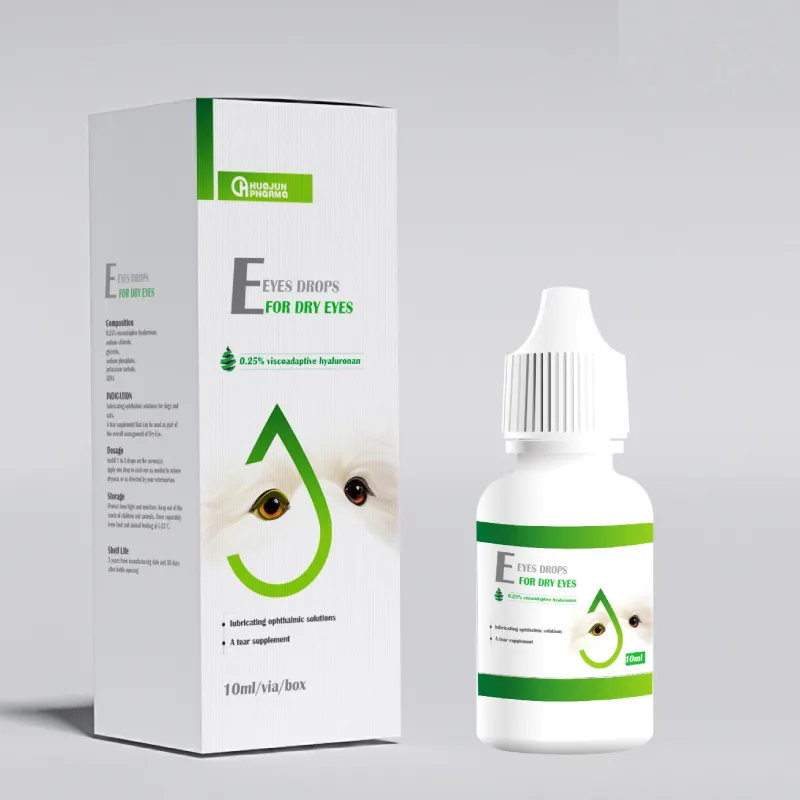
-
Hungan “Yi+Yi”, Florfenicol+Doxycycline Hydrochloride

-
No mold, more safe to raise chickens
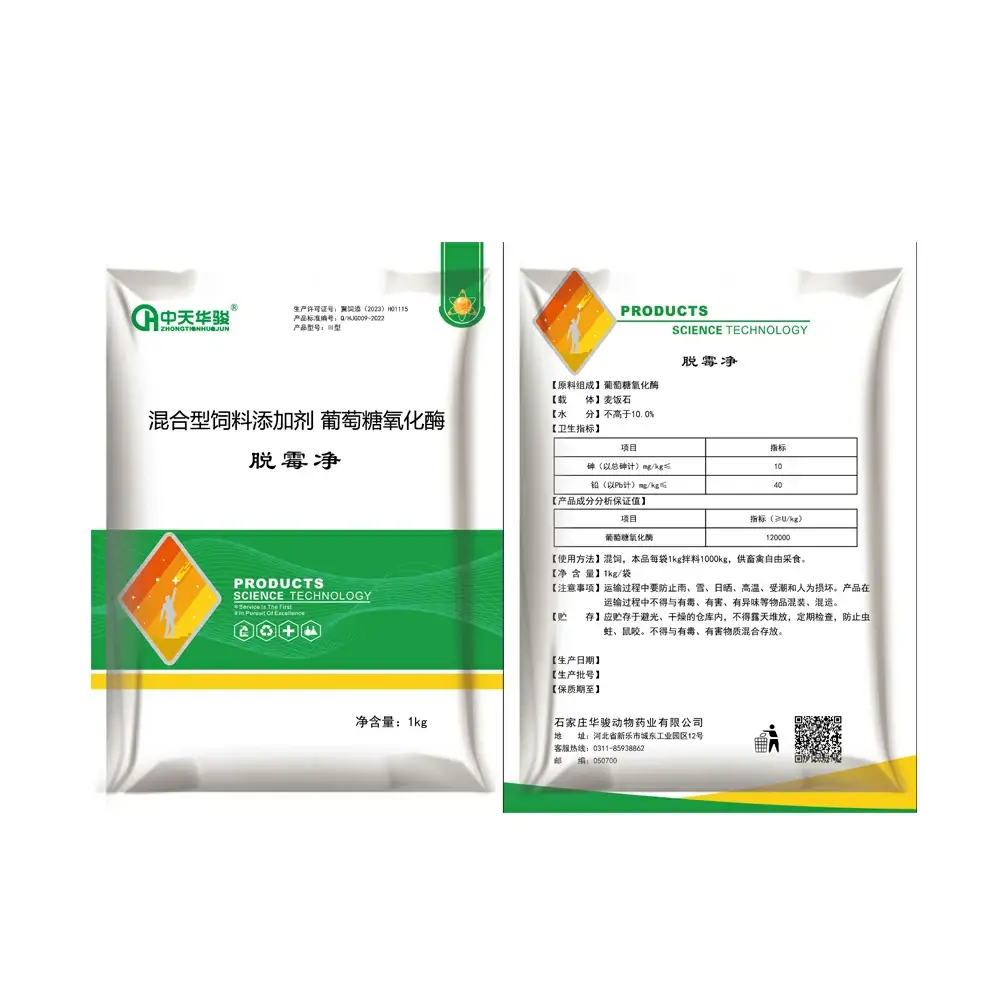
-
Enrofloxacin 5% powder

-
Lincomycin Hydrochloride Soluble Powder

-
30% Sulfamide chlorpyrazine sodium soluble powder
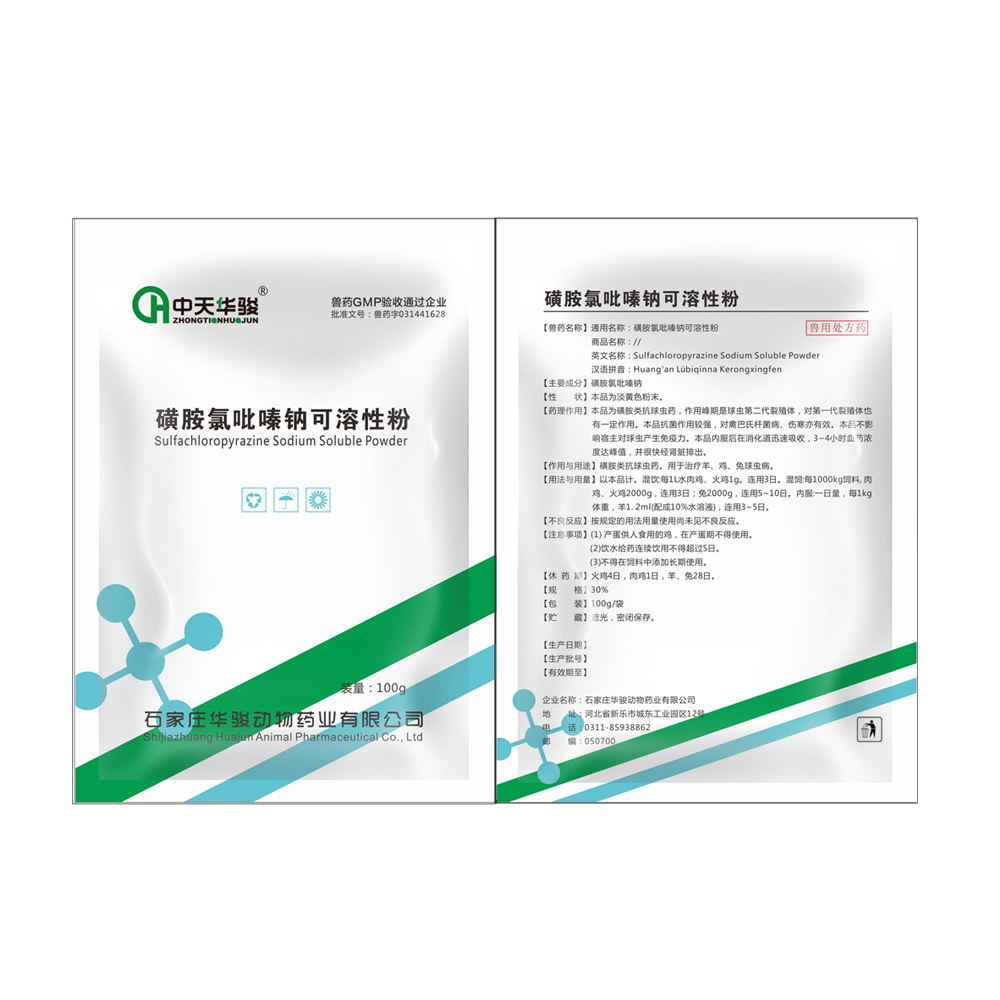
-
Yichangsheng, Neomycin Sulfate Soluble Powder

-
Bacillus Licheniformis
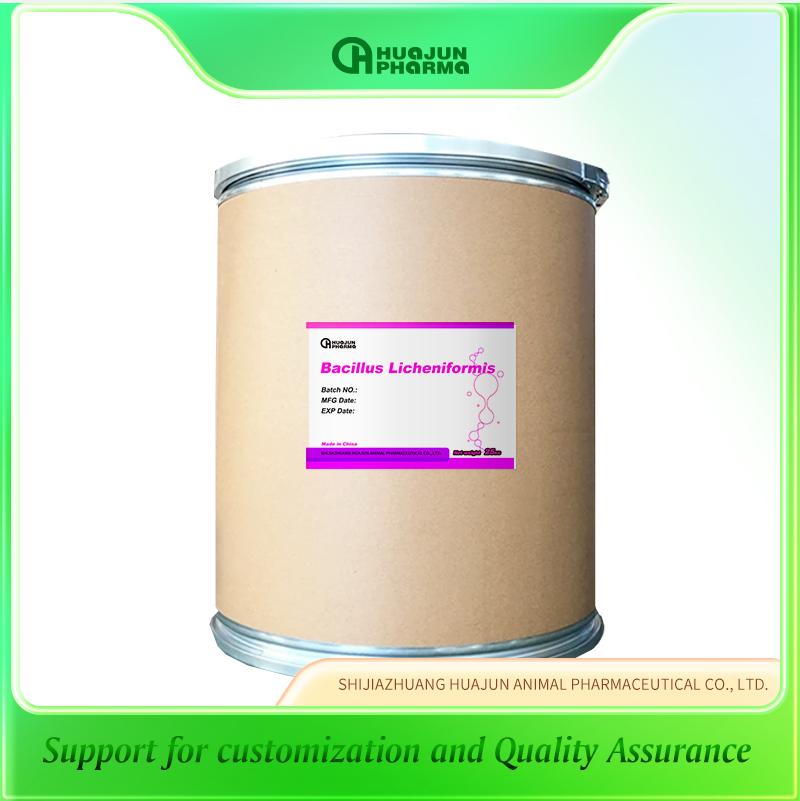
-
Antivirus Peptides
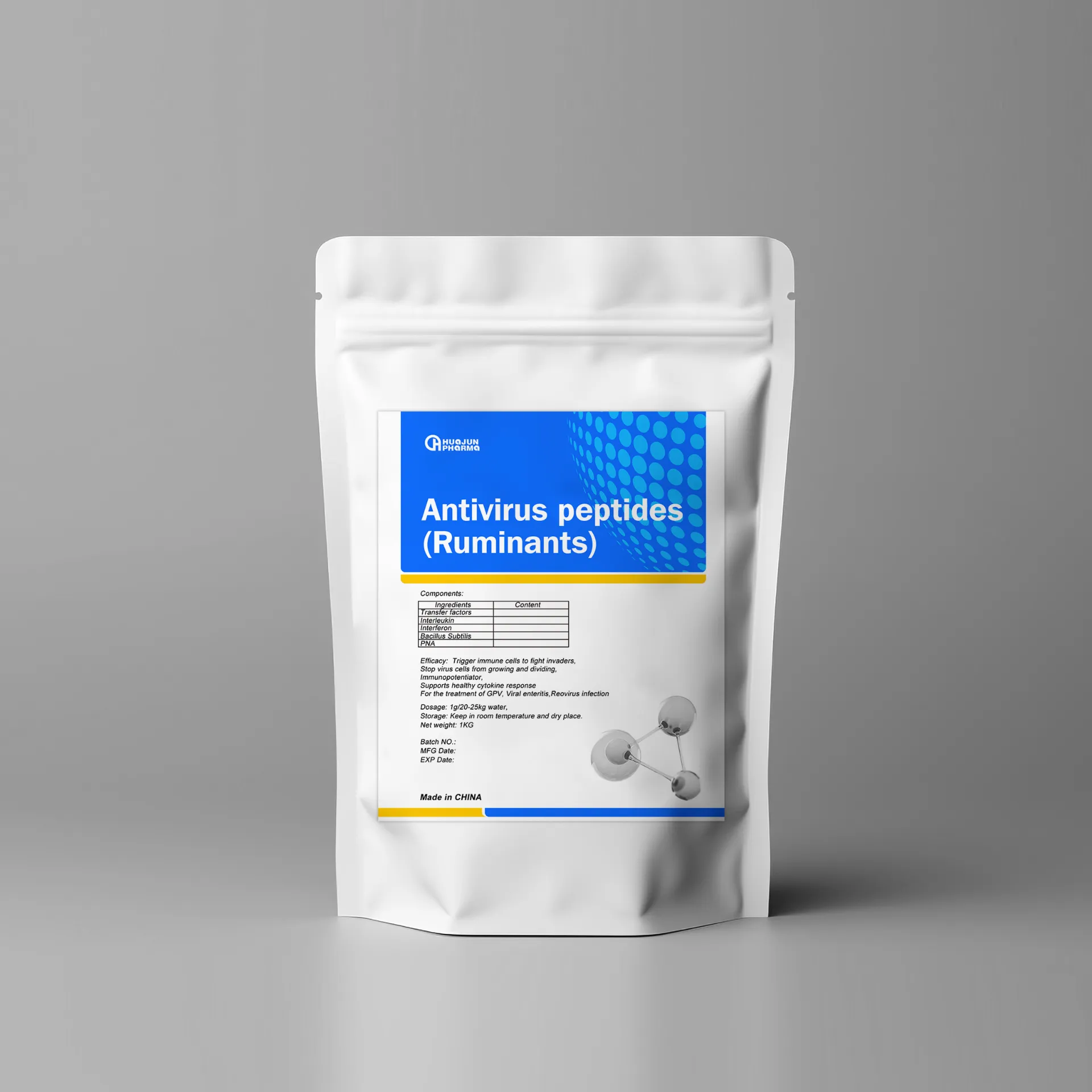
Related News
-
2024-07-05Copper sulfate use in ponds and factories for water treatment and algae controlCopper sulfate is a common chemical compound that finds use in various applications, including in po
-
2024-07-09Water quality standards: Costs and benefitsMinnesota’s lakes, rivers, and streams are valuable public resources. In addition to being powerful symbols of our state, they provide drinking water, recreational opportunities, wildlife habitat, water for agriculture and industrial uses, and more. These waters, which support many species of fish, invertebrates, plants and wildlife, provide valuable services or benefits to people called "ecosystem services" (see the Millennium Ecosystem Services Report on Ecosystems and Human Well-being).Federal and state laws regulate water quality to protect these beneficial uses. Water quality standards specify the conditions water must meet to protect those specific uses. Measuring lakes and rivers against water quality standards shows which bodies of water need restoration and protection, and dictates how we set limits on pollutant discharges from public and private facilities. Developing, implementing, and enforcing water quality standards is expensive for state agencies, local governments, businesses, and taxpayers. But the standards benefit the state by protecting Minnesota's lakes, rivers, and streams, and by sustaining the ecosystem services that Minnesotans value so highly.
-
2024-07-28Tailored Copper Sulfate Solutions for Effective Pond Management and Water Quality EnhancementCustom Copper Sulfate for Pond ManagementPonds are critical ecosystems that support
-
2024-08-13Effective Solutions for Eliminating Escherichia Coli from Water and Food Sources for SafetyEliminating Escherichia coli An Overview of Manufacturers and SolutionsEscherichia c
-
2024-08-21Suppliers of Methionine-Based Water Clarifiers for Effective Aquatic SolutionsMethionine Water Clarifier Suppliers An OverviewIn recent years, the importance of w
-
2024-09-02Water Quality Stabilizer Manufacturer | Premium Solutions for Water TreatmentThe Role of Water Quality Stabilizers in Environmental ProtectionIn recent years, th
-
2024-09-02Premium Methionine Water Clarifier Supplier - Purify Your Water NaturallyThe Role of Methionine as a Water Clarifier Exploring Suppliers and BenefitsWater c
-
2024-09-14water quality stabilizerThe Importance of Water Quality Stabilizers in Environmental ManagementWater is a f
-
2024-10-14Water Quality Stabilization Solutions for Manufacturing Excellence and Environmental SafetyThe Importance of Water Quality Stabilizer Factories in Ensuring Clean WaterWater i
-
2024-10-21Understanding the Impact of Fluorosis in Water Treatment Plants and Dental Care FacilitiesUnderstanding Fluorosis and Its Impact on FactoriesFluorosis is a dental condition
-
2025-01-06Effective Water TreatmentsMaintaining a healthy aquarium environment is crucial for the well-being of your fish.
-
2024-11-09Effective Solutions for Custom Nitrite Removal in Water Treatment SystemsCustom Nitrite Remover Safeguarding Water Quality and HealthIn recent years, the foc
-
2024-11-25water quality stabilizer manufacturersThe Importance of Water Quality Stabilizers Focusing on Leading ManufacturersWater
-
2024-12-01Top Manufacturers of Water Quality Stabilizers for Effective Water Treatment Solutionswater quality
-
2024-12-01Exploring the Benefits of Methionine as a Natural Water Clarifier for Aquatic EnvironmentsMethionine as a Water Clarifier An Innovative ApproachWater clarity is essential for
-
2024-12-03Suppliers of Methionine-Based Water Clarifiers for Enhanced Water Treatment SolutionsMethionine as a Water Clarifier Suppliers and ApplicationsIn the ever-evolving real
-
2024-12-16High Levels of Escherichia Coli Contamination in Industrial Water Sources AnalysisThe Impact of 10,000 CFU/mL Escherichia coli in Industrial Settings A Comprehensive Analysis
-
2024-12-19methionine water clarifier factoryMethionine Water Clarifier Factory A Sustainable Solution for Clean WaterIn an era
-
2024-12-20methionine water clarifier manufacturersThe Role of Methionine in Water Clarification An Overview of ManufacturersWater tre
-
2024-12-26Water Quality Preservation Solutions from Leading Stabilizer ManufacturersThe Importance of Water Quality Stabilizers Enhancing Factory Production ProcessesIn
Related Search
- water quality stabilizer
- methionine water clarifier
- china methionine water clarifier
- china water quality stabilizer
- custom methionine water clarifier
- custom water quality stabilizer
- water quality stabilizer suppliers
- water quality stabilizer factories
- water quality stabilizer manufacturer
- water quality stabilizer supplier
- water quality stabilizer factory
- water quality stabilizer manufacturers
- methionine water clarifier suppliers
- methionine water clarifier factories
- methionine water clarifier manufacturer
- methionine water clarifier supplier
- methionine water clarifier factory
- methionine water clarifier manufacturers
- doxycycline tiamulin supplier
- yellow-white-green feces factory
- china salpingitis y ooforitis aguda
- 3rd gen cephalosporins suppliers
- custom lose flesh
- plant lactic acid bacteria manufacturer
- erythema multiforme mycoplasma factories
- bio-enzyme yogurt growth promoter manufacturers
- ivermectin for dogs ticks suppliers
- china cellulitis
- goose reovirus factories
- china ulcerative enteritis
